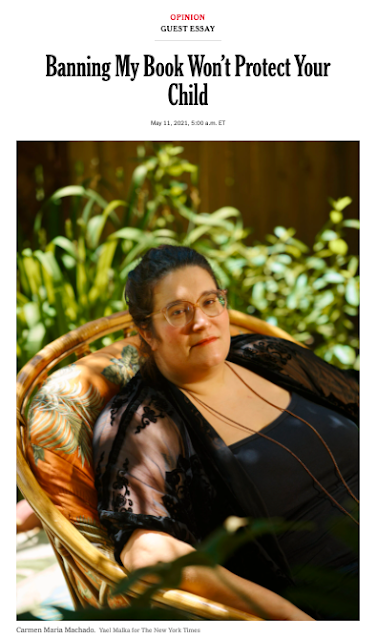Here we are at the end of the semester and end of your first year at DCAD. Congratulations to all of you! I'm planning to see almost all of you next fall, and I'm planning to actually see you, not an image of your head on my computer monitor. Please remember that I'm available to help in writing recommendation letters for you or to help copy-edit job letters and resumes. If for whatever reason I leave DCAD, you can reach me at my stable address: smithcaseysmith@gmail.com.
Now that the semester is over, you might enjoy going back through the class blog. Start at the beginning and work your way forward. You'll discover that we learned a lot about writing in art-related contexts. I'm not going to list everything that you've learned; you already should know this.
My last piece of advice: The best way to improve your writing is to read more. People don't read enough these days. What you choose to read is your own business. I'm not really talking about social media posts or unedited fan fiction. Read texts that have been edited. That's my advice. It could be literary fiction or genre fiction, or it could be history or biographies of your favorite artists, designers, animators, photographers, poets, or just about anything having to do with creativity. Have fun.
See you in August! Thanks for a great semester.









